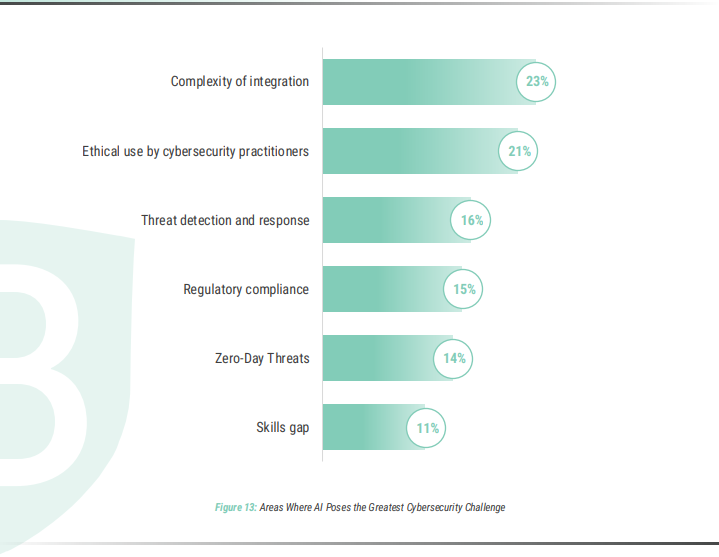BrandShield’s 2025 CyberScam Report: Priorities and Challenges for CISOs
Now in its second year, BrandShield’s 2025 CyberScam Report provides an in-depth look into major concerns facing CISOs today. Based on insights from 200 CISOs across the US, UK, and EU. This report uncovers critical challenges, emerging trends and shifts in cybersecurity strategies that are defining the cybersecurity ecosystem of the future.
With 98% of organizations having experienced at least one cyber-attack last year, the increased scale of the challenge is undeniable and the urgency for proactive security measures has never been greater. Brand impersonation attacks are among the most pressing issues, leaving companies exposed to significant financial damage. In fact, 94% of CISOs reported losses exceeding $500,000.
The report also examines the increasing impact of gen-AI on cybersecurity threats and, interestingly – cybersecurity strategies as well. Cybercriminals are using AI to create sophisticated online scams and execute large-scale fraud with greater precision and ease, forcing CISOs to reassess their strategies. This raises important questions—how are organizations adjusting to these evolving threats? What changes are being made to budgets to strengthen proactive defense?
In this blog, we will examine the report and reveal the answers and takeaways.
Want the full report today? Download the full report here.
Top Cybersecurity Concerns
Brand protection
The report highlights several significant concerns, with brand impersonation emerging as a main one. Brand impersonation poses a serious threat not only to organizations but to their customers and users as well. Phishing, scam sites, and executive impersonations, particularly on social media – all complement each other, creating highly complex threat networks with multiple touchpoints. This growing overlap between cybersecurity and brand protection is a critical insight from the report. CISOs must prioritize both data security and brand reputation, ensuring that fraudulent domains, fake social media accounts, and other cyber threats are not only quickly detected, but taken down as well.
AI – A Double-Edged Sword?
As cybercriminals use AI to automate and scale attacks to commit large-scale fraud operations, AI-powered security solutions have also become essential for enhancing threat detection and protection. In essence, this means that smart protection technologies have become more critical than ever. Recent cases illustrate how threat actors are using AI to automate online scams at an unprecedented scale. The FBI recently issued a warning that AI-generated content, is enabling fraudsters to produce highly convincing phishing attacks and authentic-looking fake profiles, that are virtually indistinguishable from their legitimate counterparts.
It is clear that the rise of AI-driven threats has CISOs on high alert, with 99% expressing concern over its potential risks. But while AI is fueling more sophisticated cyberattacks, it also plays a significant role in being a strategic defense. Download the report here to understand how CISOs are balancing these risks and opportunities and how many believe AI can enhance threat detection.
Budget Changes and Priorities
With phishing threats becoming more sophisticated and economic pressures creating additional vulnerabilities, certain organizations are being forced to rethink their cybersecurity budgets.
This sentiment is evident within the findings of the report and as it illustrates key areas to focus on including increased spending on AI-Powered solutions such as BrandShield to help monitor, detect and prioritize the threats that need to be taken down. In addition, greater focus and investment also needs to be directed towards brand protection. Numbers within the report show that with the rise in impersonation attacks, more companies are allocating budgets to online enforcement and fraud prevention. Some other important takeaways reveal that more businesses now recognize the need to combine threat intelligence, AI monitoring, and digital risk protection to preempt attacks.
Next steps:
As gen-AI facilitates the evolution of cyber threats at unprecedented speed, businesses cannot afford to take a reactive approach. The findings from the CyberScam Report 2025 highlight a critical need for organizations to move beyond traditional security measures and adopt a proactive, multi-layered defense strategy as well as other key strategic moves.
Download the full 2025 CyberScam Report to gain deeper insights into the key challenges shaping cybersecurity today.


